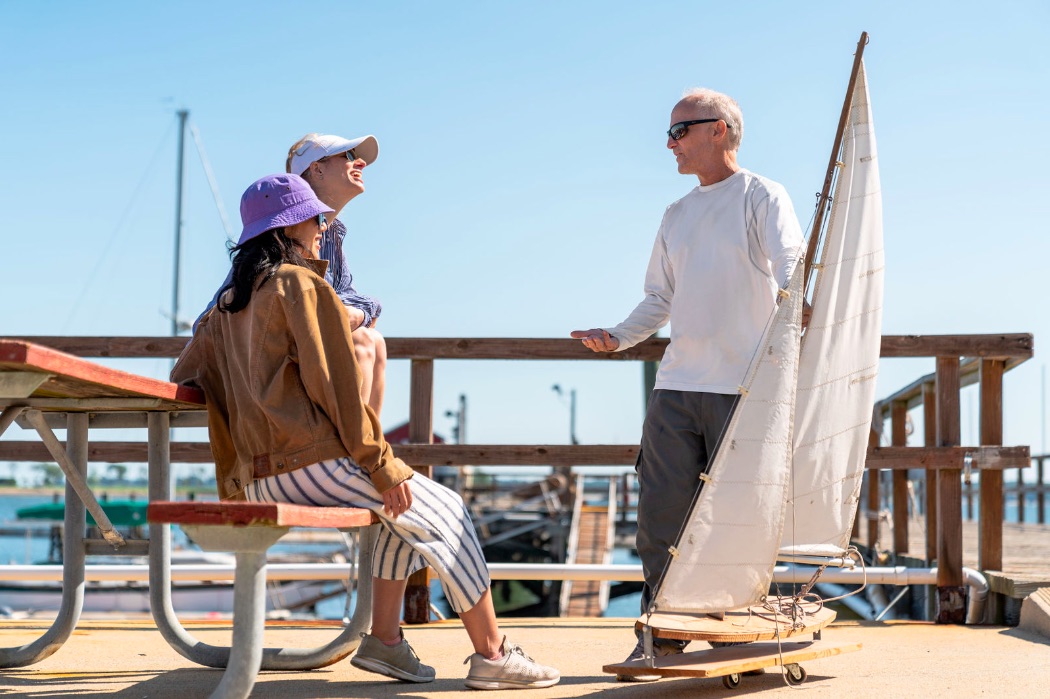
Our Director scored 3.92 out of 4 so far in 2022 in the ASA Student Survey! Read our Blog Rant about it.
You just want to show up and start sailing. We love it, and we facilitate it! But there’s methodology to our madness. We consider and use things like…
- learning preferences
- multiple intelligences
- teaching styles
- tools and tricks
- confidence building
- balance of play and practice
- balance of structure and spontaneity
Our pedagogy and methodology for sailing instruction are rooted in over 50 years of family history with two sailing schools, and two generations of instructional cross-training in skiing and snowboarding. We keep learning so we can keep improving our teaching. Our Director and Head Bozo in Charge, Captain Stephen Glenn Card, took his first surfing lesson after the school’s latest Virgin Islands (BVI) trip this January. One major reason? Becoming a student again at something to help teach everything better.
Our pedagogy:
You can have fun while efficiently learning to sail. If you don’t feel safe and aren’t having fun, you’re not going to learn and probably won’t continue with the sport. We make sure you do.
We believe in emphasizing the “why” of things and then having you do them often. Our students often compliment us on this – including many who come to us after not getting those “why’s” answered elsewhere.
We also believe in learning from mistakes, so we’ll let you do that whenever it’s safe – and that’s most of the time. Thankfully, in the learn-to-sail environment, there are rarely any immediate consequences to mistakes. Knock yourself out – make them! We’ve got your back.

Our methodology:
Time on the water – MORE of it, with plenty of repetition for muscle memory, confidence, refinement, learning from mistakes, etc. While there’s an intellectual component, sailing is mostly physical. Don’t worry – it’s not overwhelming to learn to sail.
Taking breaks. Short ones, so students can absorb what went on before, and not worry about missing out on what others are doing because we all chill together. That’s possible because we have a max of three students per boat in learn to sail (most schools do four). It also helps to be able to go to the bathroom when needed, which is another distinct advantage of our location. It’s quick and easy to get in and out, and it practices critical sailing skills: stopping and starting! All under sail – no brakes, no reverse gear.
Teaching aids. We don’t just sail around. Except, of course, on our Obstacle Course.SM There’s no more efficient – or fun – tool for developing your skills.
Watch some of our YouTube clips on this and you’ll get the idea, and see how we give you MORE.
Even our short shoreside sessions are thought out for fun and efficiency. We use a large model boat with real sails, like the one at the top of the page. It heels (leans). It rolls in any direction to show motion. The wind? Sometimes fake – we have a large floor fan. Sometimes real, when we take it outside. But it works, and you might be asked to come up and maneuver it yourself so you’re getting hands on before you even get on the water.
Pedagogy + methodology = ?
Let’s call it peda-mology and call it a day.
Now, let’s go sailing!